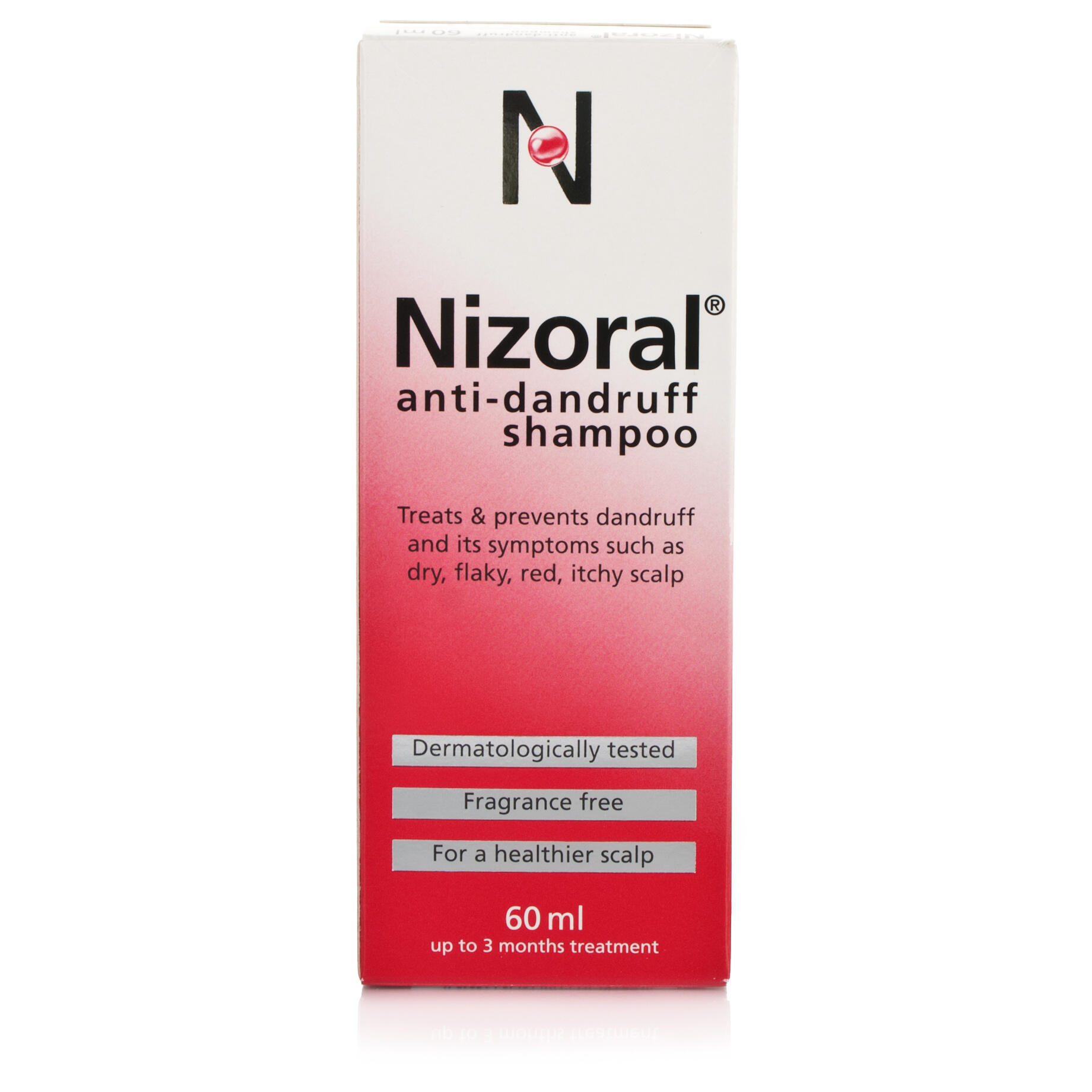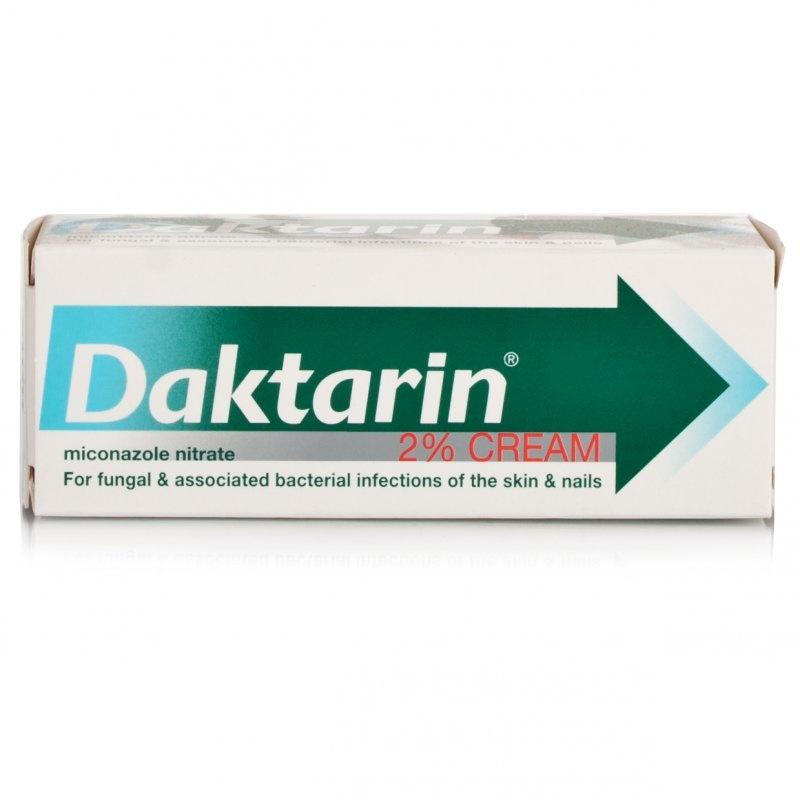I tried all the dandruff products available at the time, I tried rubbing oils in my hair, I tried not washing my hair, as I'd heard that works for some people. Needless to say that did not work for me.
 I finally had a breakthrough when I discovered Nizoral shampoo. This contains the active ingredient ketoconazole 1%, which is an anti-fungal agent. Dandruff is caused by a yeast which lives on your scalp. (In case you didn't know, each one of us are walking eco-systems!)
I finally had a breakthrough when I discovered Nizoral shampoo. This contains the active ingredient ketoconazole 1%, which is an anti-fungal agent. Dandruff is caused by a yeast which lives on your scalp. (In case you didn't know, each one of us are walking eco-systems!)Nizoral is a little pricier than the average dandruff shampoo such as Head and Shoulders and T/Gel, but it is totally worth it if you are struggling with keeping it under control. It doesn't sterilise your head, what it does is keep the numbers of the yeast down to levels where it doesn't cause irritation and flaking.
Recommended instructions are use it as a shampoo twice a week to begin with, and then once the dandruff is under control you can drop down to once a week, or less depending on whether you need it or not. In between you can use a regular shampoo, such as Head and Shoulders or whatever your preference is.
For me I noticed only specific parts of my scalp were problematic - inflammed, itchy and shedding. (In particular the little bit of scalp which goes in front of my ear, and the bit right at the bottom of the back of the head, above my neck.) So what I did was apply shampoo neat to these parts before getting into the shower, basically spot treating them and ensuring they got extra long and concentrated exposure to the shampoo.
And it worked! Hurrah to dandruff free freedom!
After years of battling with dandruff I'd finally sorted it out, never again have I been back to that grim situation I had in my youth.
Since then I've tried out other alternatives. I've also tried applying Head and Shoulders neat to problem spots before getting in the shower. The thing with shampoo is that it gets diluted with tons of water in the shampooing process, not to mention most people will only leave a shampoo on their head for maybe a minute at most, before removing it completely with water.
Another thing I often also do nowadays is use a common anti-fungal cream, such as Canesten (clotrimazole) or Daktarin (miconazole) which are commonly sold in pharmacies and even supermarkets for the treatment of Athlete's foot. I apply these to the itchy parts of my head which are shedding. 1-2 a day the same as you would for athlete's foot or any other fungal skin infection. I usually stop as soon as its not bothering me anymore. And I find this works too.
Products mentioned:
Nizoral shampoo (ketoconazole 1%) - available from pharmacies. May need to ask the pharmacist/ pharmacy assistant for it.
 Head and Shoulders shampoo: The one I have contains Zinc, but I'm pretty sure at some point it contained Selenium. These are heavy metals. Heavy metal formulations have antibacterial/antifungal properties. It also targets the dandruff yeast. For me Head and Shoulders is a staple shampoo. This is a well known international brand and product, available from pharmacies and supermarkets.
Head and Shoulders shampoo: The one I have contains Zinc, but I'm pretty sure at some point it contained Selenium. These are heavy metals. Heavy metal formulations have antibacterial/antifungal properties. It also targets the dandruff yeast. For me Head and Shoulders is a staple shampoo. This is a well known international brand and product, available from pharmacies and supermarkets. T/Gel shampoo: T/Gel (by Neutrogena) contains a small amount of coal tar, hence the name. Coal tar has been around for ages, traditionally used for skin problems, particularly seborrhoeic dermatitis. Its method of action is not completely understood, but when more concentrated it does have toxic properties. In pharmacy preparations it is only available in non-toxic diluted form, and has some ability to help with skin problems as just mentioned, as well as dandruff. Available from pharmacies.
T/Gel shampoo: T/Gel (by Neutrogena) contains a small amount of coal tar, hence the name. Coal tar has been around for ages, traditionally used for skin problems, particularly seborrhoeic dermatitis. Its method of action is not completely understood, but when more concentrated it does have toxic properties. In pharmacy preparations it is only available in non-toxic diluted form, and has some ability to help with skin problems as just mentioned, as well as dandruff. Available from pharmacies. Canesten cream: contains the anti-fungal clotrimazole. Most known for treating vaginal thrush, but it is fine for other fungal skin infections such as athlete's foot, ring worm and baby's nappy rash. It is available in two strengths, 1% or 2%. 1% is sufficient for treating dandruffy patches. You can ask for this from the pharmacist or pharmacy assistant, or you can buy it off the shelf in smaller tubes labelled for athlete's foot. If you do it the first way, often they won't ask what you're using it for; they might get a bit funny about it if you tell them you're rubbing into your head but it is such a commonly used product, so long as you're not rubbing massive amounts all over your head it really shouldn't be a problem.
Canesten cream: contains the anti-fungal clotrimazole. Most known for treating vaginal thrush, but it is fine for other fungal skin infections such as athlete's foot, ring worm and baby's nappy rash. It is available in two strengths, 1% or 2%. 1% is sufficient for treating dandruffy patches. You can ask for this from the pharmacist or pharmacy assistant, or you can buy it off the shelf in smaller tubes labelled for athlete's foot. If you do it the first way, often they won't ask what you're using it for; they might get a bit funny about it if you tell them you're rubbing into your head but it is such a commonly used product, so long as you're not rubbing massive amounts all over your head it really shouldn't be a problem. Daktarin cream: Contains the anti-fungal miconazole, which is related to clotrimazole. The Daktarin team made it freely available from the shelves of pharmacies and supermarkets by marketing it for Athlete's foot in smaller tubes before the Canesten team cottoned on. Incidentally it is also fine to use in vaginal thrush, ring worm and nappy rash.
Daktarin cream: Contains the anti-fungal miconazole, which is related to clotrimazole. The Daktarin team made it freely available from the shelves of pharmacies and supermarkets by marketing it for Athlete's foot in smaller tubes before the Canesten team cottoned on. Incidentally it is also fine to use in vaginal thrush, ring worm and nappy rash.In the USA similar anti-fungal creams are sold on the shelves and don't require going through the pharmacist.
Obligatory reminder: as with anything, please read the information leaflet provided with the product. If you try these or someone else's recommendations and find it doesn't work, and you are desperate, consider getting a doctor to check it out, they may be able to help! If you find your condition gets worse, stop using the product, if it is a bad reaction go check it out with your doctor.
Non-druggy type remedies
You could try oils such as olive oil or almond oil for mild cases of dried scalp.
This next one is not really a remedy but it might interest you to know dandruff gets worse in cold weather - the UK is cold all the time, so that didn't help. I definitely noticed much less requirement for dandruff treatment when I moved over to HK. The skin tends to get more irritated with cold weather which is drying. Dry skin becomes more reactive, and can aggravate skin problems such as eczema. And this may just be my opinion or something I read somewhere but people of Asian and Afro-Caribbean decent are more prone to dandruff when they live in cold climate, probably our scalps prefer more humid climes!
No comments:
Post a Comment